The outbreak of COVID 19 has made us recognize the significance of an advanced healthcare system. While the new disease or virus has acted many restrictions on us and defined us to our own homes, visiting clinics is no different.
Further, in this condition of the pandemic, patients with other health diseases are not getting as much care and proper health treatment.
In such a condition, the demand for remote patient monitoring systems is the requirement of time. Most of the doctors are representing themselves to be at sufficient capacity. An in-house program like remote patient monitoring can determine very helpful and powerful in such a situation.
However, before using new technology, it is essential to know the program’s ins and outs. Let’s check the different aspects of remote patient monitoring devices and understand the advantages the technology will allow in the great run.
Managing Its Suitability
Before installing the remote patient monitoring devices, a healthcare organization should recognize which group of patients the system will be profitable for.
Studies have determined that remote patient monitoring services have been so advantageous that they have cut down clinic visits and emergency hospitalizations by as much as 70% and have improved engagement rates to 85%.
It can be used to manage some patients with chronic conditions, old patients who come for routine check-ups, some post-operative patients, etc. This system provides skilled therapists and health care specialists who can collect self-reported data from the patients and explain them.
How Achievable is Remote Patient Monitoring Device Technology?
The efficacy of the RPM technology for a healthcare industry depends on several determinants like the kind of devices that are to be used, the capacity to manage them and evaluate the results to the patients, how great they can be managed, how to ensure the data of the patients are, and many more.
Those who give remote patient monitoring services tend to install their software on things that are already pre-configured, like pulse oximeters, blood glucose monitors, blood pressure cuffs, etc. For the best and the most powerful use of this RPM system, these devices should take proper and appropriate support.
There should also be a requirement for the secure storage of the received healthcare data of patients. Any exemption about the health of any patient should also be directly reported to the providers.
Once you have evaluated the possible advantages that a remote patient monitoring system can give you. You need to know if it is cost-effective.
If, in due course, you recognize that connecting the remote patient monitoring devices is assisting you to improve the yield potential by enabling you to remotely give care to more patients, then using some bucks for the power of a remote patient monitoring system is running to be deserving it.
However, despite its various astounding advantages, some deficiencies are connected with the remote patient monitoring system. While this system endeavors to offer healthcare simply available to everyone, a specific area shall always live stripped of remote patient monitoring’s amazing advantages due to the lack of individual broadband attachment.
Also, old people suffer a lot of trouble in becoming usual to the constant value of technology. Apart from that, wearable health trackers may also not give perfect results all the time, pointing to mistakes in the examination.
Therefore, although a boon, remote patient monitoring still needs some more opportunity to be taken by people at high.

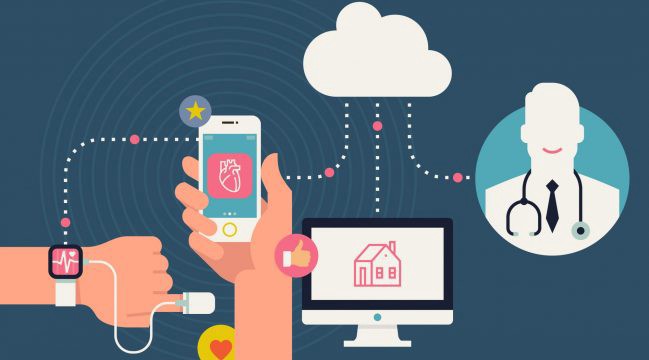


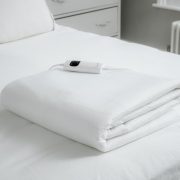
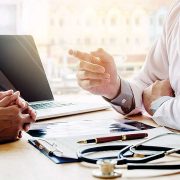

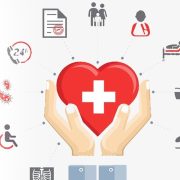
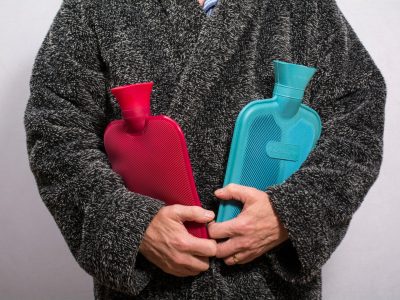



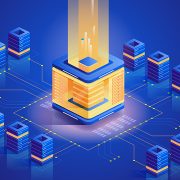

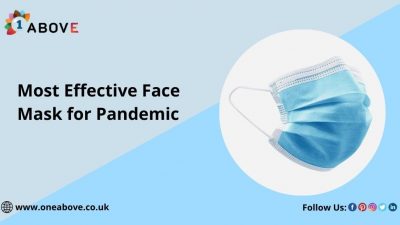
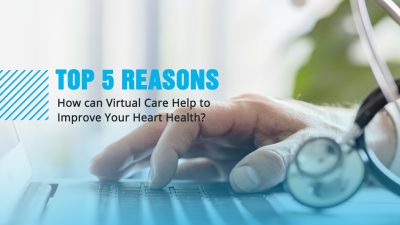



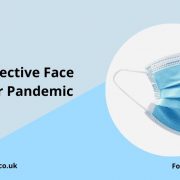
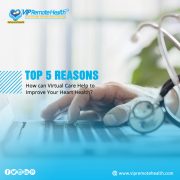


Comments